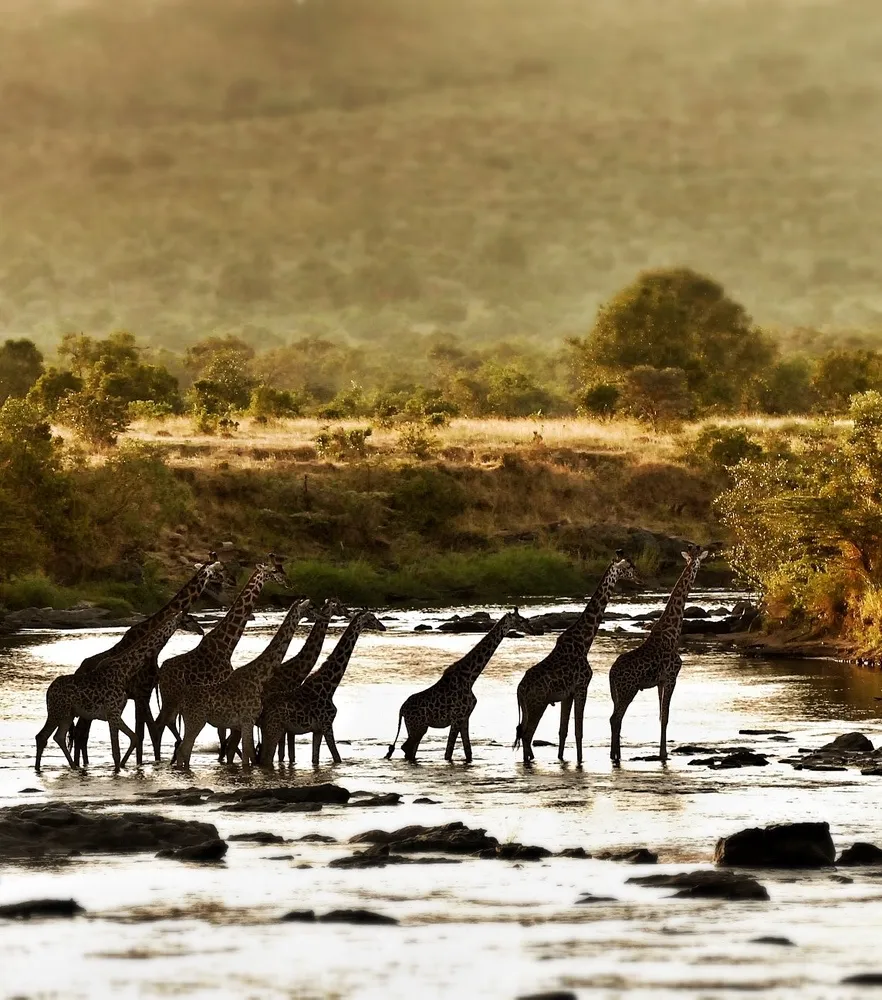
When to visit Botswana

Africa's Oasis

From the sands of the Kalahari Desert to the lush depths of the Okavango Delta, Botswana’s diverse landscape is like no other and one of our favourite destinations to spot the big five.


January to March: The Wet Season
January and February is when the rainfall is at its heaviest and March tends to experience short showers and afternoon thunderstorms, which shouldn't impact your day’s activities too much. Over these months, it is a more affordable time to visit and generally quieter amongst tourists. You will find flocks of migrant birds, swooping south and gathering in the blossoming landscapes. Breeding is also optimal at this time, so you may be lucky enough to see some newborn wildlife entering the world, which of course attracts predators as well.
April to June: Green Season
April is a transitionary month as we enter the dry season, with daytime temperatures around 30°C and the occasional shower. There is plenty of wildlife if you can spot them amongst the tall grasses, including antelope, as many males fight to find females as they enter into breeding season. Temperatures cool slightly as we head into May. The near-constant sunshine means water sources dry up and animals typically head towards the Okavango Delta and Chobe River where there are rising floodwaters. In June prices start to rise as we enter peak season.
July to October: The Dry Season
If you’re hoping to spot the big 5 and be near mosquito free, this has got to be the time to go. Temperatures range from 20-30°C in the day, increasing towards the end of the year, and sometimes dropping below freezing at night. The dry weather means large groups of wildlife tend to congregate around limited water sources, making them easier to spot amongst the thinner bush. Elephant sightings are particularly good at this time as they move throughout the Linyanti and Chobe regions.
November & December: Shoulder Season
November is a transitionary month as we head into rainy season, with temperatures soaring, sometimes as high as 35°C and increased humidity. Huge congregations of wildlife can be seen early in the month as they continue to group around remaining water sources and millions of migratory birds return. This can still be a fantastic time to visit, especially amongst the significant price drops. December is somewhat unpredictable but you know rain is coming.
Start planning your tailor-made holiday
Speak to one of our travel specialists




%20copy.svg)


.svg)



.svg)






























%20copy%203.svg)